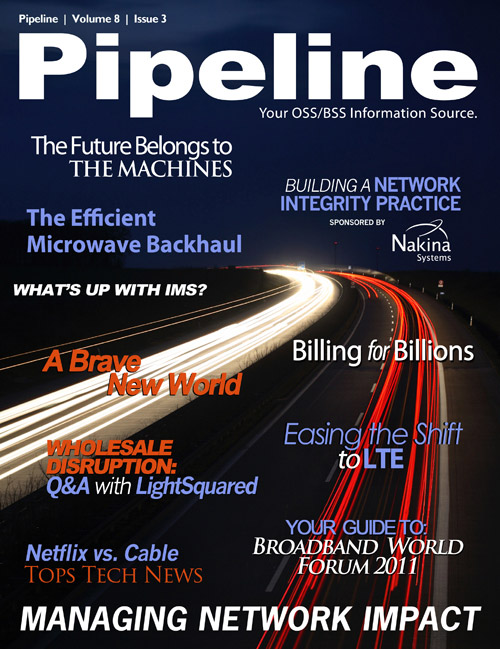By: Shaun McFall

Time for a Backhaul Reality Check
The introduction of new high-speed 4G mobile technologies is gathering pace, but few operators
have a clear understanding of what impact this will have on their backhaul networks. This
uncertainty threatens to drive over-investment in backhaul capacity that is not needed, and that
operators can ill-afford.
With the forecasted demise of copper-based backhaul, operators have a clear choice between
deploying either fiber or microwave to the cell-site, yet the whole life cost of building or leasing
fiber far exceeds that of a typical microwave connection. This over-building of capacity with fiber
will waste an enormous amount of network investments that instead could be put into more
substantive ways of increasing network capacity, such as new spectrum.
Clearly a dose of reality is needed for optimal backhaul network planning that balances realistic
capacity expectations with total cost.
The LTE Hype Cycle is in Full Swing
Download speeds of 50, 80, 100 Mbit/s and more are regularly discussed (and even
demonstrated) in media reports. A slew of new LTE-capable devices were unveiled at CES this
year. Eleven new LTE networks have been launched, with 147 operators committed to LTE at
the end of 2010. Predictions of cell-site backhaul capacity of many 100’s of megabits and even
gigabits are not uncommon.


However, now’s not the time for operators to be quiet and conservative. In the US, the leading
network operators are all engaged in a vigorous battle to prove who can deliver the fastest
data downloads with the best coverage. Any pretense over complying with the ITU’s original
definition of 4G have now been dropped in the marketing campaigns from each company, with
now LTE, WiMAX 802.16e and even HSPA+ now being aggressively promoted as 4G.
Fiber Solves Everything?
With the focus on download speeds, the issues associated with backhaul seem largely
forgotten, or perhaps are assumed to have been solved. Operator difficulties associated with
the introduction of the iPhone in 2009 appear to be behind us, but the reality is that backhaul
remains one of the biggest headaches. Operators have largely fended off further scrutiny of
potential backhaul problems by talking about how they are rapidly deploying fiber throughout
their network. This has led many commentators to declare that only fiber can apparently support
the backhaul needs of LTE. Fiber to every cell-site means no more capacity issues. Problem
solved.
Unfortunately the reality is not so tidy. Capacity is just one of the issues that face operators
when preparing their backhaul networks for 4G. Since backhaul represents around 30% of
a network operators costs, any poor decisions made there can seriously affect an operator’s bottom line. Instead, backhaul is a multi-dimensional puzzle, balancing network capacity, cost,
complexity and coverage.





